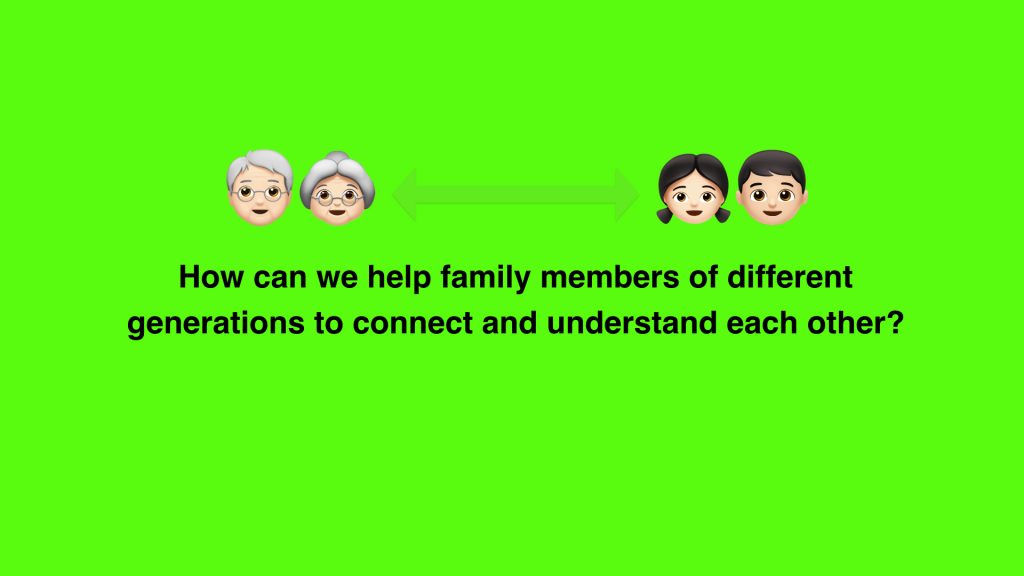For my intervention, I invited one of my friends, she forced to blind date by her family, so far she attended fifth blind date, and I invited her to draw her life map related to her blind date, and choose a dating story into visual story(video), and then this video will be shared her parents, and her parents will create an ending for this story and share their feeling after watching this video. I also will share this video to other young and old generations to get more feedback.

PROCESS

FEEDBACK ONE:

FEEDBACK TWO:

FEEDBACK THREE:

FEEDBACK FOUR

REFLECTION
During the intervention, I found that it is difficult to engage parents to my project, specially some parents who force their child into marriage, they don’t want to share more opinion, so I think I should change my stakeholder and think about my backup plan, but I have no idea so far. I feel like this intervention is not very successful, because I hadn’t see any change from the parents, after the girl’s parents seeing the visual story, they still keep the old thought. From feedback I got, we can see that there are big different concept between young generation and old generation, and traditional concept is still spread among the boys.
